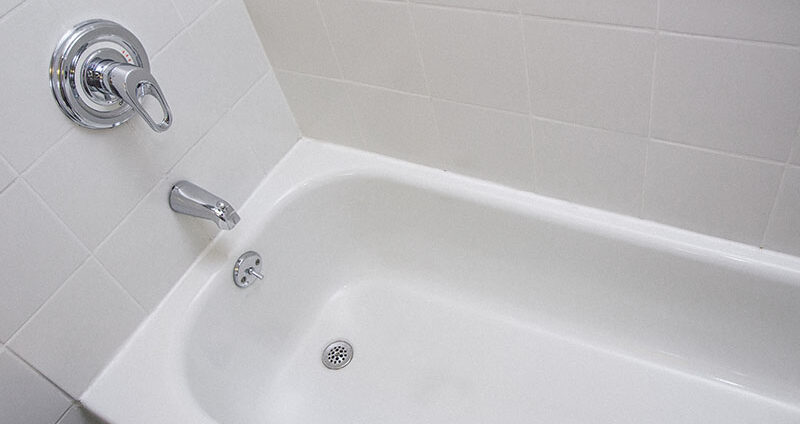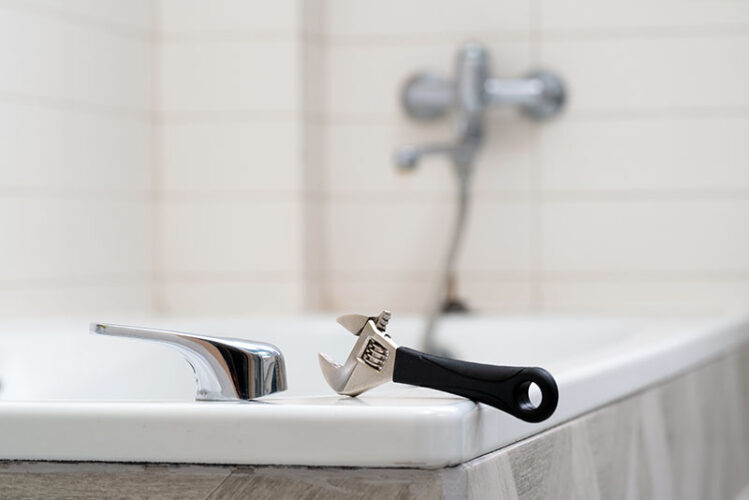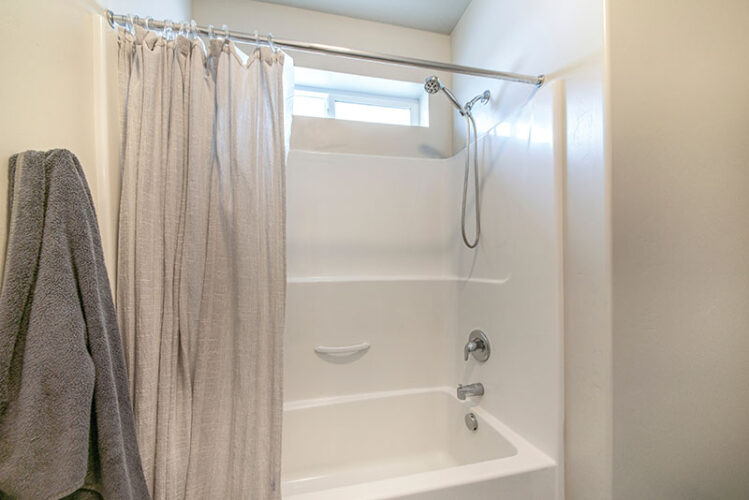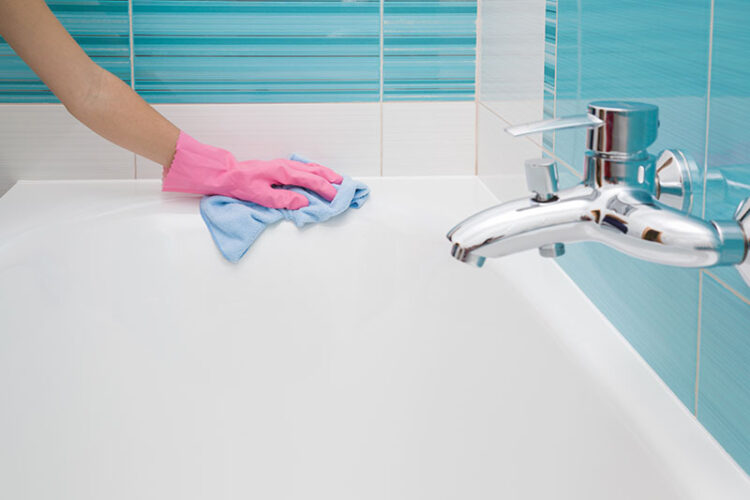Types of Bathtubs

The bathtub universe is packed with options. There are products with small footprints and large for big budgets and small. There’s spa-grade luxury and design prowess; Japanese minimalism and Victorian chic. Your bathroom is one of the most profitable remodeling targets in your home, so don’t settle for a recessed tub until you’ve considered other kinds of bathtubs.
Different types of bathtubs
Alcove bathtubs
Alcove designs are America’s go-to solution because you can tuck them into the edge of the room with a three-wall surrounding structure. They’re the great space savers of the bathroom world. They’re usually wrought from pocket-friendly materials like resin, acrylic, and fiberglass, so they’re perfect for homeowners on a budget. They are, however, limited by the size of your room and offer fewer design variations than other tubs. If every penny and inch matters, though, this is your go-to tub.
Corner bathtubs
Like alcove tubs, corner tubs are tucked away against the wall. If you love a spacious splash, corner tubs combine space economy with lavish water volume. They’re usually designed for depth, so they’re one of the most pocket-friendly approaches to home spa creation.
As long as you have 60 inches of length and width available, you, too, can enjoy the extravagance of a corner tub replete with whirlpool jets. Your design needn’t take the classical triangular shape. Trapezoid and rectangular corner designs are perfect for bathrooms that can’t accommodate an alcove tub.
Suitable bathroom layouts
Corner tubs need at least 21 inches of clearance. Unlike alcove tubs, they’re perfect for square bathrooms. They’re one of the most customizable types of tubs on the market today, offering every shape and depth you can dream up.
Drop-In bathtubs
As their name suggests, drop-in tubs are shells that drop into a framed enclosure. Don’t assume that’s a simple process, though. This is one of the most complex installations in the bathtub world, requiring the input of a plumber, carpenter, tiler, and decorator.
Drop-in tubs can be installed at floor level or into a raised alcove. They can be tucked into a corner, placed along a wall, or fitted right in the center of your bathroom. If there’s one tub design that wins in the versatility stakes, this is it. Drop-in tubs can adopt the same surface as the rest of your bathroom, so they’re celebrated for their integrative aesthetic.
Freestanding bathtubs
Freestanding tubs are investment items renowned for their timeless good looks. They’re the jewels of the modern bathroom. They stand independently of your walls and floors, so their placement options are virtually infinite. You needn’t even install them in your bathroom. A fireside or bedroom tub is easier to plumb than you think.
Materials and styles
When you think of freestanding tubs, you probably imagine the antique clawfoot designs of the Victorian era, but contemporary designs proliferate in the industry. If you prefer a sleek, minimalist look, a simple acrylic design will serve you well. Freestanding tubs are also available in rustic copper, affordable acrylic, and durable solid surface stone.
Soaking bathtubs
Water is more than a mere hygiene and hydration resource. It also has the capacity for the utmost luxury. Soaking tubs are designed for depth and full submersion. They’re usually freestanding oval or rectangular tubs designed for a lateral lying position, but Japanese soaking tubs provide more depth than width. As long as you meet the requisite 23-inch depth, your tub will contribute to muscle relaxation, sleep quality, and pain relief.
Get a Free Estimate Today
50% off installation. Special financing available. See details.
What to consider when buying a bathtub
Types of bathtubs by size and dimensions
The shape and size of your bathroom can stifle your tub choices. There’s no such thing as the perfect wall in an older house. If your floor or wall space is limited, you’ll have to settle for a nestled alcove or corner tub. If you have no walls to sacrifice, a freestanding or soaker tub will serve you well.
Material
Bathtub prices cover an immense scope because of the sheer versatility of their materials. Ceramic, fiberglass, and acrylic are the budget performers. They are, however, less durable than luxury materials, so their lifetime costs are often higher. Stone resin, cast iron, and cultured marble are the most luxurious and expensive options on the market. They’re also better at crack resistance and heat retention than cheaper products.
Style and design
The bathtub industry is more diverse than you think. Every Design Fair introduces a huge array of innovative products, so you’ll never need to limit yourself to a rectangle again. The spa bathroom is the core of the modern home, so be ambitious. Consider wood or copper with water jets. It’s time to revolutionize your bathing experience, and the more you can imagine, the more you can achieve.
Need help with a bathtub or shower replacement? Contact 1-800-HANSONS for a free estimate.
Related Articles:
Signs it’s Time to Replace Your Shower
Signs it’s Time to Replace Your Bathtub
















